Reining in Regulatory Overreach: CRF's 100 Recommendations for the First 100 Days
- Andrew Langer

- Nov 19, 2024
- 4 min read

As America is eager to welcome the new administration, the regulatory landscape demands urgent attention. Over the past years, the balance between economic freedom and regulatory oversight has tilted toward an unprecedented expansion of federal power. The CPAC Foundation’s Center for Regulatory Freedom (CRF) has crafted a bold and comprehensive roadmap to reverse this trend: 100 Recommendations for the First 100 Days.
This strategic blueprint offers essential measures to streamline regulatory frameworks, safeguard economic growth, and restore individual liberties. It addresses the pressing need for transparency, accountability, and a return to free-market principles in governance.
The Challenges Ahead
The current regulatory environment reflects stark contrasts between the policies of recent administrations. From 2017 to 2021, the regulatory trajectory focused on maintaining low costs and fostering stability. However, the subsequent shift has introduced expansive and costly oversight mechanisms. These have placed significant burdens on businesses and individuals, jeopardizing economic growth and innovation.

The CRF’s recommendations aim to recalibrate this trajectory, emphasizing a return to balanced governance and reduced administrative excess.
Three Pillars of Reform
The recommendations are categorized into three primary areas, each addressing a critical aspect of regulatory reform:
1. General and Essential Regulatory Reforms
These proposals outline broad, structural changes to simplify regulatory frameworks and reduce redundancies:
Reinstating the "1-in/2-out" Rule: For every new regulation, two must be removed. This approach prevents regulatory accumulation and promotes simplicity.
Revamping Cost-Benefit Analysis: Immediate reversion to pre-2023 standards in Circular A-4 to ensure scientifically sound and economically realistic regulatory assessments.
Mandatory Annual Reporting of Regulatory Costs: Enforcing transparency by requiring the Office of Management and Budget (OMB) to report the costs of major rules annually.
Establishing a Regulatory Review Task Force: This body would identify outdated regulations and institute regular sunset reviews to eliminate ineffective policies.
2. Highest Priority Regulatory Reviews
Targeted evaluations focus on regulations with the most significant economic and social impacts:
Halting Ongoing Regulatory Proceedings: A comprehensive review of current rulemakings by the Office of Information and Regulatory Affairs (OIRA) ensures alignment with national priorities.
Strengthening Small Business Protections: Expanding the role of the National Ombudsman for Small Businesses to evaluate agency compliance with small business regulations.
Addressing Major Budget Proposals: Scrutinizing funding increases for agencies like OSHA to reduce undue regulatory strain on businesses.
Rejecting the Stop Corporate Capture Act: Opposing legislation that would increase federal control over private sector operations.
3. Review and Analysis of Major Regulatory Proceedings
A thorough examination of key regulatory actions, particularly those implemented under the Biden administration, includes:
Environmental Regulation Reforms: Reevaluating emissions standards and Clean Water Act provisions to limit federal overreach and protect private property rights.
Healthcare Policy Adjustments: Reviewing gender-affirming care policies under the Affordable Care Act to ensure ethical and medical standards are upheld.
Safeguarding Religious and Conscience Protections: Revisiting recent rulings to preserve religious freedoms in healthcare and education.
Key Recommendations for Immediate Action
Among the 100 recommendations, several stand out as urgent and impactful measures:
Reintroduce Regulatory Transparency: Reinstate executive orders mandating agencies to disclose the cost, scope, and impact of new regulations.
Boost Energy Independence: End moratoriums on liquefied natural gas (LNG) exports and revise methane emission penalties to bolster domestic energy production.
Protect Media Integrity: Reinstate strict limits on foreign ownership in American media to preserve diversity and independence.
Expand Small Business Advocacy: Equip the National Ombudsman for Small Businesses with the authority to grade agencies on compliance with small business-friendly regulations.
The Role of the Department of Government Efficiency (DOGE)
A cornerstone of this roadmap is the proposed creation of the Department of Government Efficiency (DOGE). This new body would oversee many of the recommended reforms, ensuring regulatory coherence and eliminating contradictions between policies. For instance, DOGE could address conflicting environmental regulations that hinder green technology innovation.
The department would also spearhead the review and sunsetting of outdated regulations upheld under judicial doctrines, fostering a leaner, more effective administrative state.
The Economic Case for Reform
At the heart of the CRF’s recommendations lies a commitment to economic growth. Excessive regulatory costs—estimated to exceed $75 trillion in opportunity costs—undermine innovation, competitiveness, and prosperity. Key proposals like the “No Net Loss of Time” policy for paperwork burdens exemplify a pragmatic approach to reducing administrative inefficiencies.
Additionally, small businesses, which generate over 60% of new jobs, would benefit immensely from streamlined regulations. By reintroducing cost-impact assessments and fostering a cooperative compliance environment, these recommendations aim to empower America’s entrepreneurial spirit.
A Vision for America’s Future
The CRF’s 100 Recommendations are more than a policy agenda—they are a vision for a freer, more prosperous America. By restoring the principles of limited government and individual liberty, these reforms pave the way for sustainable growth and innovation.
Each measure reflects a commitment to accountability, transparency, and respect for the American people. From enhancing energy independence to safeguarding religious freedoms, this roadmap offers a blueprint for transformative change in the first 100 days of the new administration.
The path forward is clear: reduce regulatory excess, empower businesses, and reaffirm the values that make America a beacon of opportunity. With bold leadership and decisive action, we can reclaim a balanced regulatory framework that works for—not against—the American people.
As we embark on this journey, the CPAC Foundation’s Center for Regulatory Freedom invites all stakeholders to join us in advocating for these essential reforms. Together, we can build a brighter, freer future for generations to come.








.png)




_gif.gif)